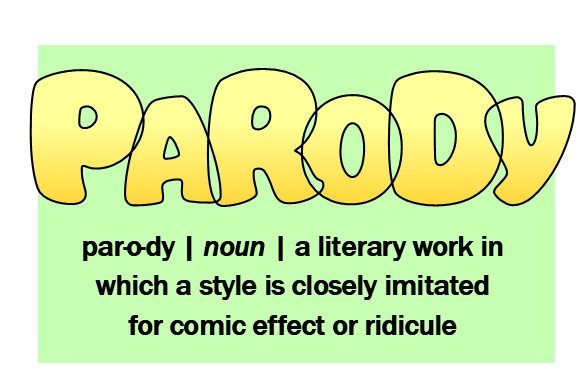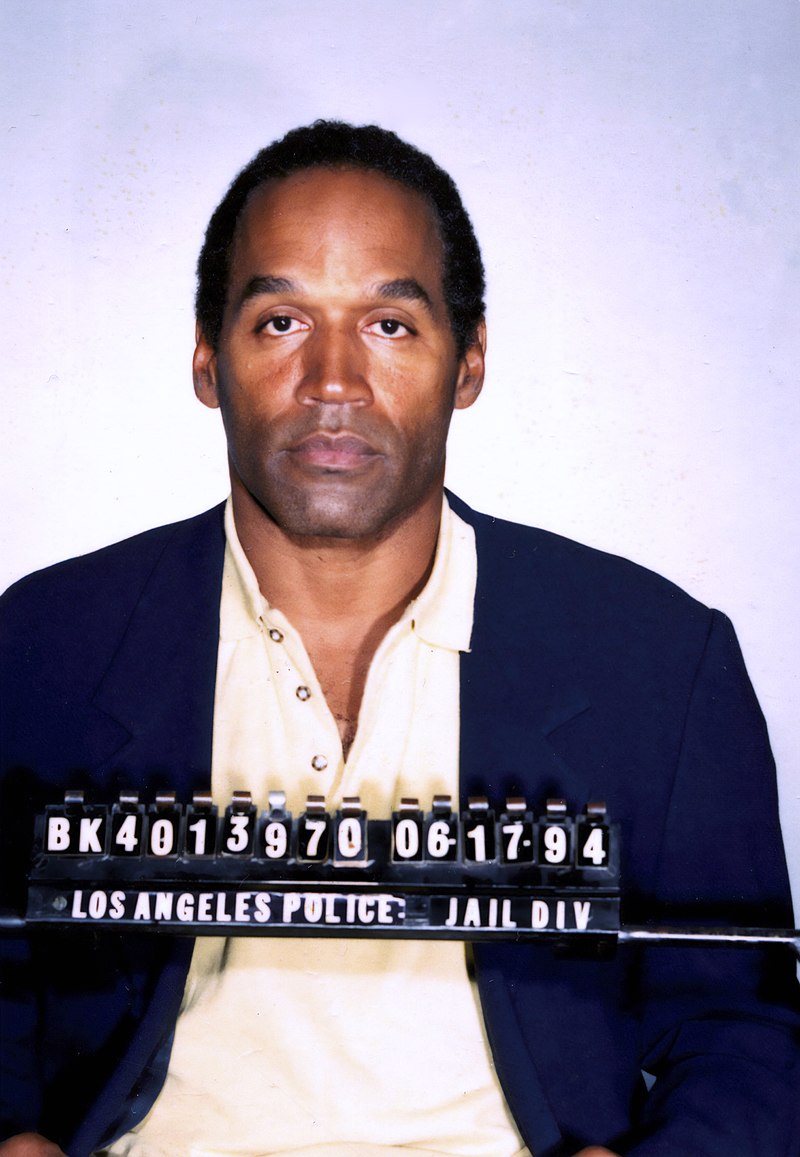While other generations had their defining genres like punk or grunge, shoegaze has captured this generation’s zeitgeist. The 30-year-old subgenre has found new life in the hands of indie rockers, digicore artists, TikToking teens, and reunited first-wavers.
Shoegaze has become almost unavoidable to Gen-Z listeners. From over 180,000 posts on TikTok under the hashtag “shoegaze,” to a new generation of rising bands, the genre has been revitalized.
First of all, shoegaze is a style of alternative rock music that emerged from the United Kingdom in the late 1980s and early 1990s. Characterized by overwhelmingly loud, distorted guitars and echoing reverb, the signature sound deemphasizes the vocals, often treating the human voice as just another instrument in a wash of sonic texture
The genre gets its name from the guitarists’ tendency to look down at their guitar effects pedals during performances, seemingly gazing at their shoes. Shoegaze bands create a lush, immersive soundscape that invites listeners to lose themselves in its dreamy textures.
“My Bloody Valentine” came to prominence in the 80s and 90s and are hailed as one of the most essential bands in shoegaze. In 1991, they released their album “Loveless” which would be the album to truly define and inspire the genre.
Perhaps no record has had more words devoted to it, yet remained harder to describe than “Loveless.” It is the defining statement of shoegaze because it got the genre discovered, and, without it, shoegaze would not have reached the heights it has reached today.
Another pioneer that set the blueprint for shoegaze is “Slowdive.” In 1993, the band would release their most well-known album, “Souvlaki.” The seventh track off the album “When the Sun Hits,” blew up on TikTok and now has over 130 million streams.
At the time, the shoegaze scene was given the title the “Scene that celebrates itself,” which came from the lack of in-fighting between bands and labels. The title proved to be harmful, giving the scene an image of wealthy and privileged kids who the mainly British working-class fans couldn’t relate to.
Towards the end of the 90s, the spotlight on shoegaze was dimming and britpop and grunge had taken over the scene. Bands like “Oasis,” “Radiohead” and “Blur” had exploded in popularity, leaving shoegaze bands to either disband or transform themselves into a britpop band.
In the early 2010s, it seemed shoegaze was making its return. Throughout this decade, more and more shoegaze bands were created and revived. Thanks in large part to social media and streaming, a once niche 90s subgenre has found a new generation of fans.
Over the last couple years, shoegaze has been overrun by hundreds of thousands of young people who are finding it for the first time through a decontextualized vacuum.
Being effortlessly delivered popular content on a massive scale is extremely novel to TikTok and Spotify, but this new mainstream environment has become a double-edged sword for shoegaze.
On the bad end, it has become extremely easy for shoegaze to be grafted onto any other cultural phenomenon As the genre becomes more mainstream, it’s become more malleable and meaningless than ever.
“Shoegaze” is just a buzzword on TikTok that’s as commonly applied to non-shoegaze bands like “Deftones,” “Title Fight,” and “Cigarettes After Sex” as it is actual shoegaze acts. All of this confusion has created a perfect storm for listeners to associate popular bands with shoegaze, and then by proxy, shoegaze with popular genres from TikTok.
On the good end, the demolition of the genre and cultural barriers has opened up more oddball ideas than ever, and revitalized the dried-up palette of shoegaze with radical new approaches. The genre has been revived with new ideas and artists applying their own styles.
The genre has started to evolve: shoegaze is no longer limited to heavy distortion and reverbs.
Bands like “Godspeed You! Black Emperor,” “LSD and the Search for God” and “Duster” added their own psychedelic and post-rock sound to shoegaze, their fuzzed-out melodies and ethereal-sounding vocals have made them a cult classic by word of mouth.
Some bands have taken shoegaze into a more hardcore-punk style. Bands like “Julie,” “Fleshwater” and “Superheaven” are put under the subgenre of “nu-gaze” or “zoomergaze” because of their grunge and punk mix.
Shoegaze has even worked its way into the worlds of online rap and digicore. Florida rapper “jaydes” opened up his sound to blown-out guitars on his track “rose,” finding unexpected similarities between the rap subgenre “pluggnb” and shoegaze in their mutual haze.
The artist “Jane Remover” went further: The former digicore artist dove unreservedly into a mix of grunge, nu-metal and shoegaze, on her album “Census Designated.” With this influx of new artists putting their styles and trademarks on shoegaze, it has led to shoegaze being left out of its native roots.
When shoegaze started, it never resonated with mainstream audiences, now it is one of the most popular and expanded upon genres. Shoegaze is this generation’s “cool kid” genre, like how grunge was for Gen-X and how rock ‘n’ roll was for Baby Boomers.
It is the genre of introversion; it fits the bill for Gen-Z. It makes sense that they would be happy to lump all manner of feels-first sounds under a single umbrella of shoegaze.
A new generation of teenage shoegaze artists are launching careers with major label interest. A robust, cross-continental shoegaze underground is producing some of the most inventive music in the genre’s history, and shoegaze is being simultaneously assimilated into the wider fabric of internet music.
Over the past 30 years, Shoegaze has cemented itself as one of the most meaningful genres for this generation. What was once a blip in the listener’s radar slowly turned into a cultural phenomenon.






